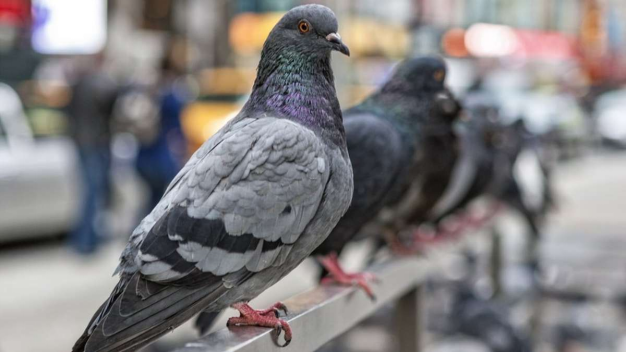
East Delhi Boy Arjun Develops Severe Lung Disease from Pigeon Exposure: Understand the Risks and Symptoms of Hypersensitivity Pneumonitis: Are You at Risk?
Fiona Nanna, ForeMedia News
7 minutes read. Updated 8:53PM GMT Wed, 17July, 2024
A recent medical case has brought attention to the severe health risks of prolonged exposure to pigeon feathers and droppings. An 11-year-old boy from East Delhi developed a life-threatening allergic reaction, resulting in a diagnosis of Hypersensitivity Pneumonitis (HP) after extensive contact with pigeon excrement.
Initially presenting with what seemed like an ordinary cough, the boy’s condition quickly worsened, leading to a serious health crisis. According to reports by PTI, the child experienced a rapid decline, resulting in the discovery of HP triggered by pigeon proteins.
Understanding Hypersensitivity Pneumonitis
Dr. C Satish Reddy, a Consultant Pulmonologist at CARE Hospitals in Hyderabad, explains that Hypersensitivity Pneumonitis, also known as extrinsic allergic alveolitis, is an inflammatory condition of the lungs. It occurs due to an immune response to inhaled organic particles or certain chemicals.
“When inhaled, these allergens cause the immune system to react, leading to inflammation of the alveoli (tiny air sacs in the lungs). The condition can be classified as acute, subacute, or chronic, based on the duration and intensity of exposure,” Dr. Reddy explained.
Who is at Risk?
Certain individuals are more susceptible to developing Hypersensitivity Pneumonitis. Dr. Reddy highlighted the following risk groups:
- Occupational or hobby-related risks: People in close contact with birds or animals, such as pigeon breeders, bird owners, farmers, and veterinarians.
- Environmental exposure: Those working in environments with high exposure to mold, fungi, or specific chemicals, like farmers, grain handlers, and workers in wood or paper industries.
- Pre-existing conditions: Individuals with a history of allergies or asthma may have an increased sensitivity to inhaled allergens.
Causes of Hypersensitivity Pneumonitis
The primary cause of Hypersensitivity Pneumonitis is repeated exposure to airborne substances. Dr. Reddy identified several common triggers:
- Bird droppings and feathers (particularly pigeons)
- Mold spores
- Animal dander
- Certain bacteria
- Fungi
- Workplace chemicals
Recognizing the Symptoms
The symptoms of HP can vary based on the type (acute, subacute, or chronic). Dr. Reddy outlined the symptoms for each category:
Acute HP
- Fever
- Chills
- Cough
- Shortness of breath
- Muscle aches
- Fatigue
Subacute HP
- Gradual onset of symptoms over weeks to months:
- Cough
- Shortness of breath
- Fatigue
- Loss of appetite
- Weight loss
Chronic HP
- Long-term exposure leads to severe symptoms:
- Persistent cough
- Progressive shortness of breath
- Fatigue
- Weight loss
- Clubbing of fingers (in severe cases)
The case of the young boy from Delhi underscores the significant health risks associated with prolonged exposure to pigeons and other allergens. Awareness and preventive measures are crucial to avoid such life-threatening conditions. For those in high-risk occupations or with pre-existing conditions, regular medical check-ups and minimizing exposure to known allergens are essential steps.
For more detailed information on Hypersensitivity Pneumonitis and its management, visit the CARE Hospitals website and CDC’s guide on occupational respiratory diseases.

